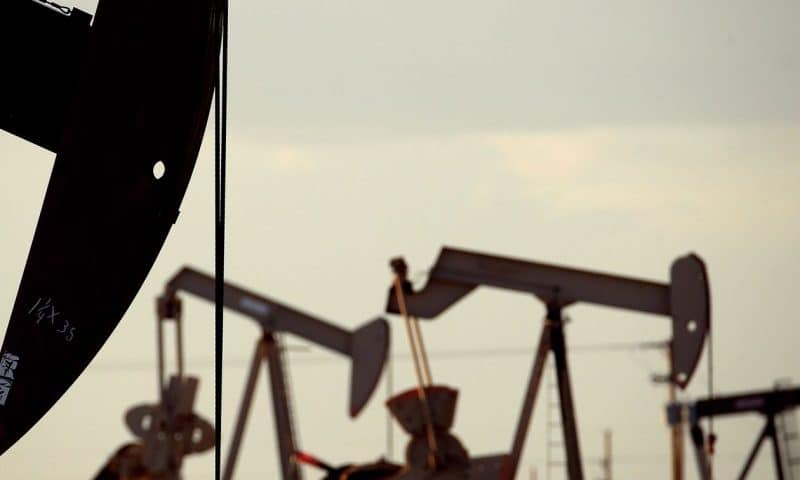Brent crude suffers largest daily percentage loss since June
Oil futures dropped 7% on Thursday, falling for a fifth straight session to finish at their lowest in more than two weeks, with some analysts noting concern over rising tensions between the U.S. and Russia, as well as a slowdown in the European vaccine rollout.
“U.S.-Russia tensions are increasing, with the U.S. threatening sanctions on Russia,” Phillip Streible, chief market strategist at Blue Line Futures, told MarketWatch. “One way Russia could retaliate is to target shale producers by flooding the market with oil.”
U.S. President Joe Biden, when asked in an interview earlier week about whether Russian President Vladimir Putin is a killer, said “I do.” Russia then announced on Wednesday it’s recalling its ambassador to Washington for consultations.
On Thursday, West Texas Intermediate crude for April delivery CL.1, 0.17% CLJ21, 0.17% fell $4.60, or 7.1%, to settle at $60 a barrel on the New York Mercantile Exchange, with prices suffering their largest one-day percentage loss since Sept. 8, according to Dow Jones Market Data.
May Brent crude BRN00, -0.02% BRNK21, -0.02%, the global benchmark, declined by $4.72, or 6.9%, at $63.28 a barrel on ICE Futures Europe. That marked its largest daily percentage loss since June of last year.
Prices for both WTI and Brent, based on the front-month contracts, settled at their lowest since March 2.
Oil has also been unable to shake off weakness tied to the rise in U.S. crude inventories. The Energy Information Administration reported Wednesday that U.S. crude inventories rose by 2.4 million barrels for the week ended March 12. The rise followed increases reported by the agency in each of the previous three weeks.
“Crude stocks have been swelling for the past four weeks, largely as a postmortem effect of the February freeze in Texas that slashed the demand for oil input into refineries,” said Louise Dickson, oil markets analyst at Rystad Energy, in market commentary.
“In terms of the inventory builds, these will take time to clear out, but the U.S. appears to be moving in the right direction with its vaccine rollouts and lifting restrictions across many states that should spur economic recovery and end-user oil consumption,” she said.
A sluggish vaccine rollout in Europe also remains a weight on crude, analysts said, raising questions about the speed of the recovery in demand for crude.
“Even if the AstraZeneca vaccine recovers public confidence, this will likely not be the last inoculation issue to arise as countries race to vaccinate as many people as possible all while new mutations are constantly being discovered,” said Dickson.
Gasoline inventories, which had fallen sharply in previous weeks as a result of refinery shutdowns, also rose last week, according to the EIA.
Gasoline had been the engine pulling the energy rally higher before the recent pullback, said Robert Yawger, director of energy futures at Mizuho Securities, in a note. Wednesday’s gasoline storage build “could put the brakes on that dynamic,” he said.
On Nymex Thursday, April gasoline RBJ21, -0.12% fell 5% to $1.94 a gallon and April heating oil HOJ21, 0.38% lost 6.4% to $1.78 a gallon.
April natural gas NGJ21, 0.44% declined by 1.9% to $2.48 per million British thermal units.
The U.S. Energy Information Administration reported on Thursday that domestic supplies of natural gas declined by 11 billion cubic feet for the week ended March 12. That was a bit smaller than the average fall of 17 billion cubic feet expected by analysts polled by S&P Global Platts.

